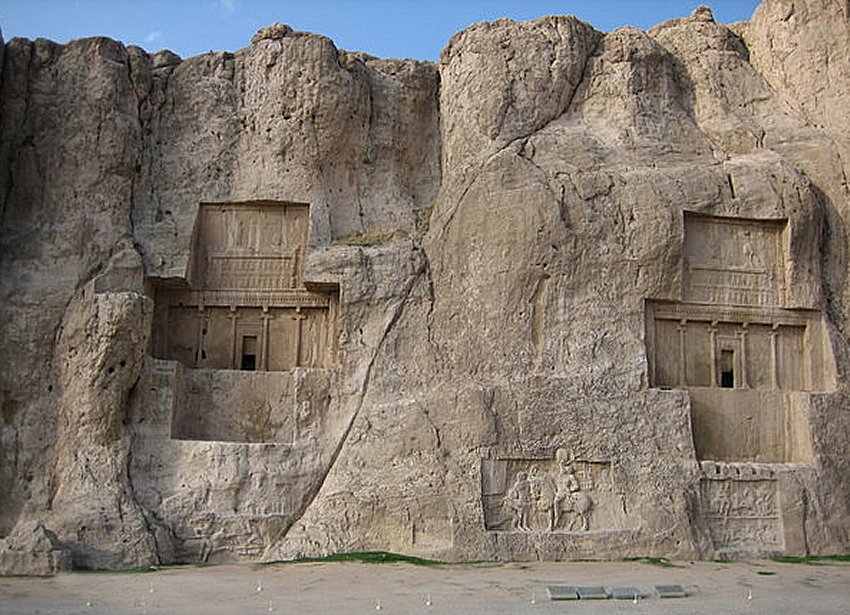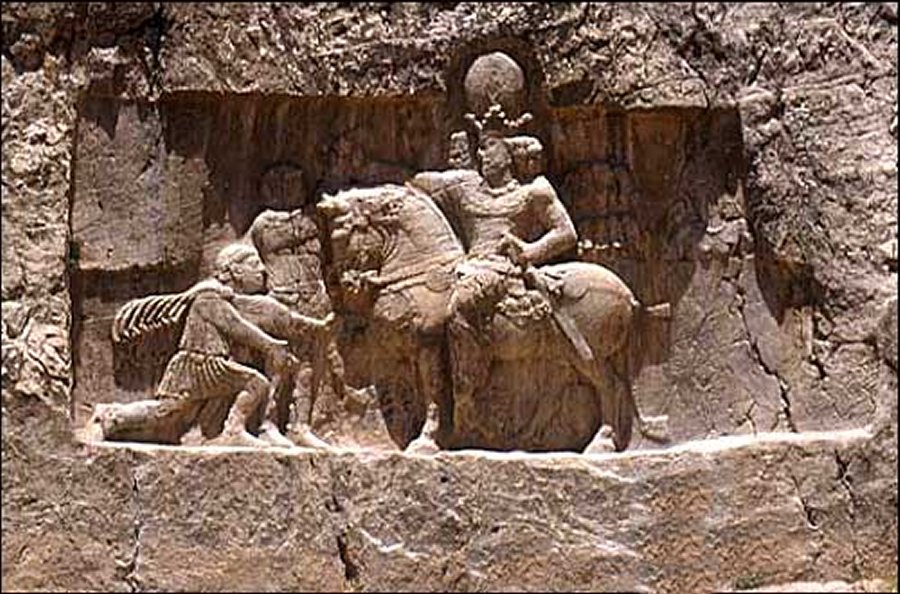Naqsh-e Rostam: Spectacular Tomb Complex With Rock Reliefs From Elamite To Sasanian Times
A. Sutherland - AncientPages.com - An incredible complex of tombs and artworks known as Naqsh-e Rostam ("Picture of Rostam"), or Necropolis, is located outside of the city of Shiraz and only a few kilometers northwest of Persepolis - the capital of the ancient Achaemenid Empire - in central Iran.
Naqsh-e-Rostam. Image credit: Iran Chamber Society
Naqsh-e Rostam monument is a perpendicular wall of rock with four similar tombs, cut considerably from the bottom of the valley.
The rock art below the tombs with sculptures from Elamite, Achaemenid, and Sassanid periods on mountains and rock is one of the unique and most beautiful examples of stone masonry of the historical and ancient period.
The Sasanian carvings are believed to represent the mythical hero Rostam (or Rustam), who fought legendary monsters such as the dragon and the White Demon and was described in the great Persian Epic of the Kings, 'Shahname,' completed in 1010 CE.
A rock relief at Naqsh-e Rostam, depicting the triumph of Shapur I over the Roman Emperor Valerian, and Philip the Arabian. Image credit: Iran Chamber Society
The four impressive rock tombs - cut at a considerable height from the bottom of the valley - are all elaborately carved into the side of a stone mountainside. The perfection of the building's right angles testifies to the skill of the builders.
The tombs belong to Achaemenid kings and are locally known as the 'Persian crosses, due to the shape of the facades of the graves.
Seven oversized and rich ornamented reliefs dedicated to the Achaemenid kings belong to the early first millennium BC.
Darius 2's tomb, Naqsh-e-Rostam. Darius The Great's Inscription at Naqshe Rostam, Iran; right: Darius, source
At the center of each cross is an entrance to each tomb, which opens into a small chamber where the king lay in a coffin. The horizontal beam of each tomb's facades is believed to be a replica of the palace's entrance at Persepolis.
Naqsh-e Rostam was already an important place when king Darius I the Great (522-486 BC) ordered his monumental tomb to be carved into the cliff.
Later, similar royal rock tombs were added, and they are believed to belong to Darius' son and successor Xerxes (486-465), his son Artaxerxes I Makrocheir (465-424), and his grandson Darius II Nothus (423-404), whose original name was Ochus. He was often called Nothus ('Bastard') because he was the son of King Artaxerxes I and a concubine from Babylon.
Left: Relief of Xerxes in Naqsh-e Rustam; Right: Artaxerxes III (Artaxšaçā) - Emperor of Achaemenid Persia. Image via Wikiwand
There is also a fifth tomb, but it's unfinished. Archaeologists are almost sure that the tombs were closed after the burial. After Alexander the Great had overthrown the Achaemenid Empire, the doors were smashed, and the graves were looted.
Today Naqsh-e Rostam is an abandoned ancient site, visited only by a small group of tourists.
Written by – A. Sutherland - AncientPages.com Senior Staff Writer
Copyright © AncientPages.com All rights reserved. This material may not be published, broadcast, rewritten or redistributed in whole or part without the express written permission of AncientPages.com
Expand for referencesMore From Ancient Pages
-
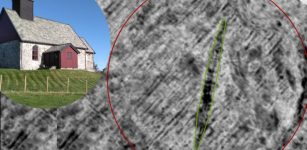 Edøy Discovery: Traces Of 1,000-Year-Old Ship Burial Detected In Norway
Archaeology | Nov 24, 2019
Edøy Discovery: Traces Of 1,000-Year-Old Ship Burial Detected In Norway
Archaeology | Nov 24, 2019 -
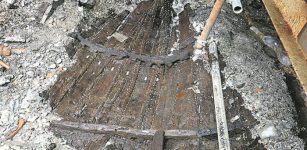 Ancient Roman Wooden Sewn Boat Unearthed In Croatia
Archaeology | May 3, 2020
Ancient Roman Wooden Sewn Boat Unearthed In Croatia
Archaeology | May 3, 2020 -
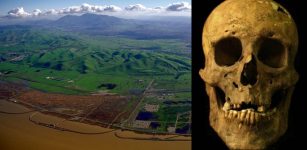 Discovery Of Unusual Ancient Skeleton Offers Evidence Giants Inhabited California
Archaeology | Mar 31, 2014
Discovery Of Unusual Ancient Skeleton Offers Evidence Giants Inhabited California
Archaeology | Mar 31, 2014 -
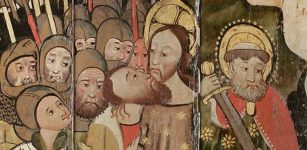 Rare Medieval Painting Depicting Judas’ Betrayal Of Christ Saved By Reformation ‘Recycling’
Archaeology | Nov 27, 2015
Rare Medieval Painting Depicting Judas’ Betrayal Of Christ Saved By Reformation ‘Recycling’
Archaeology | Nov 27, 2015 -
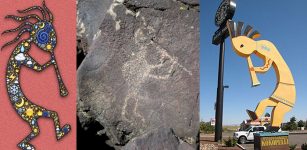 Kokopelli – Popular Trickster God Of The American Southwest Brought Happiness To People
Featured Stories | May 11, 2020
Kokopelli – Popular Trickster God Of The American Southwest Brought Happiness To People
Featured Stories | May 11, 2020 -
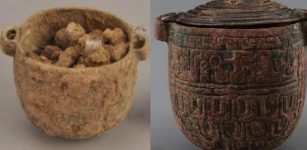 2,700-Year-Old Face Cream For Men Found In Chinese Tomb
Archaeology | Feb 10, 2021
2,700-Year-Old Face Cream For Men Found In Chinese Tomb
Archaeology | Feb 10, 2021 -
 Mythical Biringan City – Invisible Portal To Another World Where Dangerous Engkantos Reside
Featured Stories | Feb 2, 2018
Mythical Biringan City – Invisible Portal To Another World Where Dangerous Engkantos Reside
Featured Stories | Feb 2, 2018 -
 Two Discoveries Reported From Komombo Temple And Elephantine Island, Aswan
Archaeology | Dec 9, 2017
Two Discoveries Reported From Komombo Temple And Elephantine Island, Aswan
Archaeology | Dec 9, 2017 -
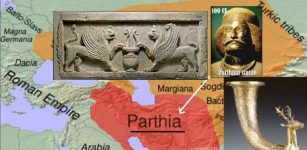 Next Discovery In Tepe Ashraf, Isfahan – Archaeologists May Have Stumbled Upon Ancient Necropolis
Archaeology | Aug 16, 2020
Next Discovery In Tepe Ashraf, Isfahan – Archaeologists May Have Stumbled Upon Ancient Necropolis
Archaeology | Aug 16, 2020 -
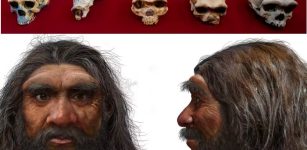 Homo Longi: Extinct Human Species That May Replace Neanderthals As Our Closest Relatives
Evolution | Sep 14, 2023
Homo Longi: Extinct Human Species That May Replace Neanderthals As Our Closest Relatives
Evolution | Sep 14, 2023 -
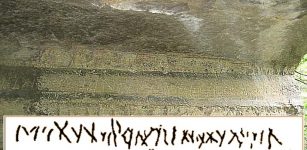 Mystery Of The Ancient Sitovo Inscription: Undeciphered Script Or Just A Natural Rock Formation?
Featured Stories | Apr 17, 2016
Mystery Of The Ancient Sitovo Inscription: Undeciphered Script Or Just A Natural Rock Formation?
Featured Stories | Apr 17, 2016 -
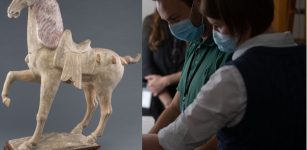 1,300-Year-Old Art Mystery Solved By Scientist
Archaeology | Sep 7, 2022
1,300-Year-Old Art Mystery Solved By Scientist
Archaeology | Sep 7, 2022 -
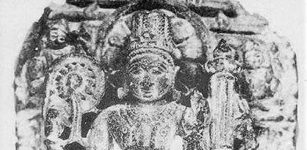 Dwarka – Pre-Harappan City That Could Rewrite The History Of The World
Civilizations | Aug 19, 2014
Dwarka – Pre-Harappan City That Could Rewrite The History Of The World
Civilizations | Aug 19, 2014 -
 Can Fossil Teeth Confirm The “Big Brain – Long Childhood” Hypothesis?
Evolution | Nov 15, 2024
Can Fossil Teeth Confirm The “Big Brain – Long Childhood” Hypothesis?
Evolution | Nov 15, 2024 -
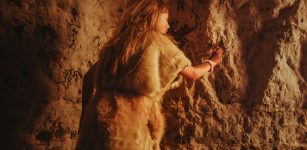 Girl’s Ancient Tooth Solves One Of The Biggest Mysteries Of The Denisovans
Archaeology | May 17, 2022
Girl’s Ancient Tooth Solves One Of The Biggest Mysteries Of The Denisovans
Archaeology | May 17, 2022 -
 Early Human Settlement Unearthed In Tajikistan’s Zeravshan Valley Gives New Insights Into Human Expansion
Archaeology | Nov 5, 2024
Early Human Settlement Unearthed In Tajikistan’s Zeravshan Valley Gives New Insights Into Human Expansion
Archaeology | Nov 5, 2024 -
 Underwater City: Unveiling The Secrets At The Bottom Of Fuxian Lake
Ancient Mysteries | Jun 13, 2015
Underwater City: Unveiling The Secrets At The Bottom Of Fuxian Lake
Ancient Mysteries | Jun 13, 2015 -
 Unorthodox Ancient ‘Out-Of-This World’ Carvings Were Found And Destroyed – Discovery – Part 1
Ancient Mysteries | Aug 10, 2020
Unorthodox Ancient ‘Out-Of-This World’ Carvings Were Found And Destroyed – Discovery – Part 1
Ancient Mysteries | Aug 10, 2020 -
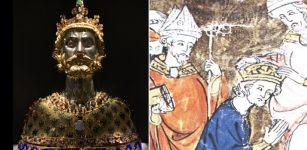 Mystery Of The Controversial Phantom Time Hypothesis
Featured Stories | Mar 21, 2019
Mystery Of The Controversial Phantom Time Hypothesis
Featured Stories | Mar 21, 2019 -
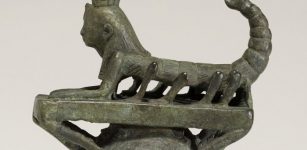 Mysterious Scorpion Goddesses In Myths And Legends
Egyptian Mythology | Jan 26, 2016
Mysterious Scorpion Goddesses In Myths And Legends
Egyptian Mythology | Jan 26, 2016

